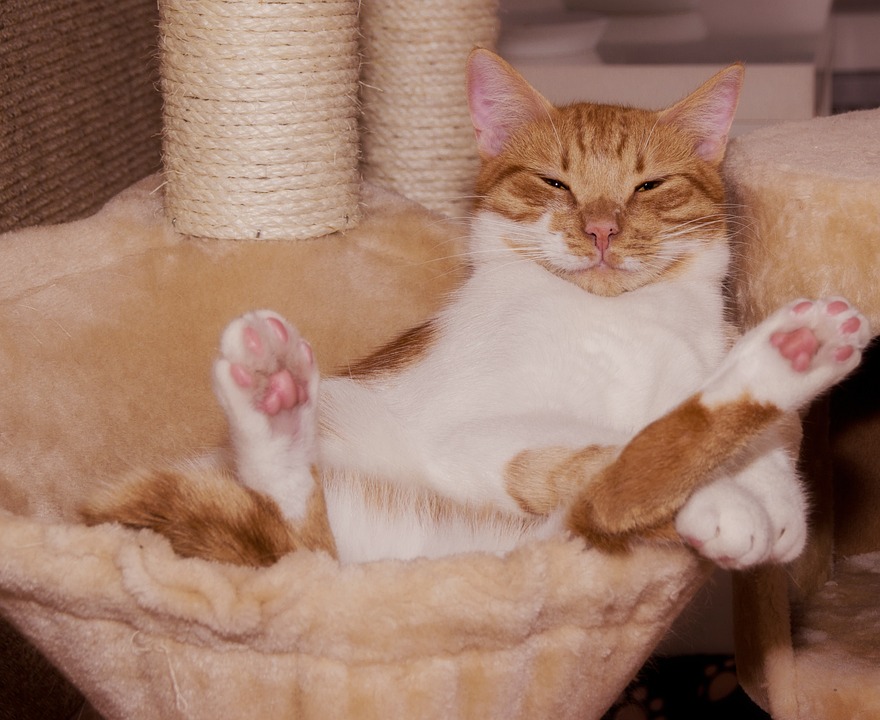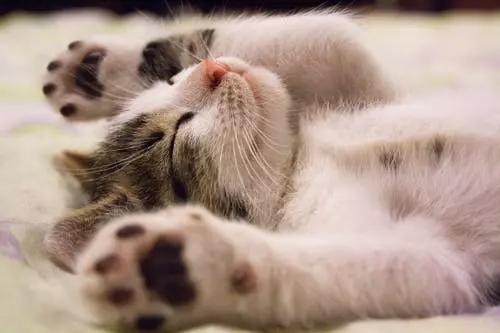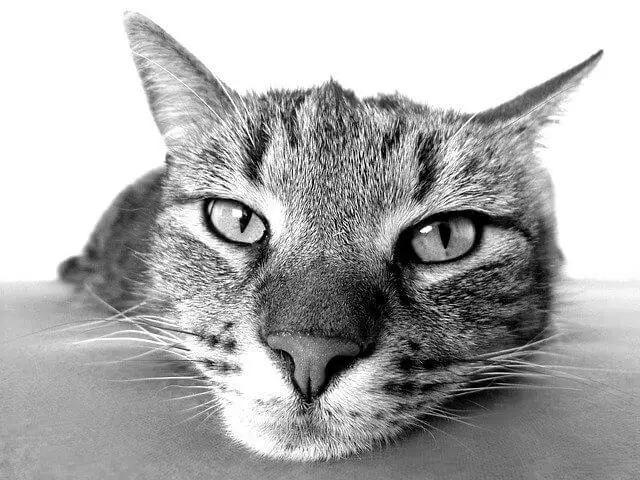*Ensuring your feline friend receives a well-balanced and species-appropriate diet is crucial for their overall health and well-being. This comprehensive guide will explore the key aspects of cat nutrition, helping you make informed choices to meet your cat’s dietary needs. Let’s dive in!*
**Understanding Cat Nutrition: The Basics**
Cats are obligate carnivores, meaning their nutritional requirements are primarily met through consuming animal tissues. To provide a balanced and species-appropriate diet, it is essential to understand their dietary needs.
1. **Protein: The Foundation of a Cat’s Diet**
– Cats require a higher protein intake compared to other animals. Ensure that their diet consists of high-quality animal-based protein sources like chicken, turkey, or fish.
– Consult your veterinarian to determine the appropriate protein percentage for your cat’s specific age, weight, and health condition.
2. **Fat: A Vital Energy Source**
– Healthy fats are crucial for maintaining your cat’s skin, coat, and overall health. Opt for animal-based fats like chicken fat or fish oil to provide essential fatty acids.
– Be cautious not to exceed the recommended fat levels, as excessive fat intake can lead to weight gain and related health issues.
3. **Carbohydrates: Limited but Beneficial**
– Cats have a limited ability to process carbohydrates. While not essential, a small portion of carbohydrates can provide additional energy and fiber in their diet.
– Select cat food brands that use high-quality, easily digestible carbohydrate sources such as sweet potatoes or peas.
**Choosing the Right Cat Food: Reading Labels and Understanding Ingredients**
Selecting the appropriate cat food plays a crucial role in providing a balanced and species-appropriate diet for your furry companion. Understanding label information and ingredients is key to making informed choices.
1. **Decoding Cat Food Labels**
– Look for cat food labeled “complete and balanced” to ensure it meets the basic nutritional requirements.
– Check the Association of American Feed Control Officials (AAFCO) statement on the label, indicating that the food has undergone feeding trials or meets specific nutrient profiles.
2. **Identifying High-Quality Ingredients**
– Opt for cat food brands that list high-quality animal protein sources (e.g., chicken, beef) as the primary ingredients, rather than by-products or fillers.
– Avoid cat foods that contain excessive artificial additives, preservatives, or unnecessary grains.
3. **Consulting Your Veterinarian**
– Seek advice from your veterinarian to determine the best cat food brand and type (wet or dry) for your cat’s specific needs.
– Discuss any allergies, sensitivities, or health conditions your cat may have to ensure appropriate dietary choices.
**Frequently Asked Questions (FAQs)**
Q1: Can I feed my cat a homemade diet instead of commercial cat food?
A: While homemade diets can be an option, they require careful formulation to ensure all essential nutrients are included. Consult a veterinary nutritionist to create a balanced homemade diet.
Q2: Should I feed my cat a raw food diet?
A: Raw food diets can pose health risks due to bacterial contamination. Consult your veterinarian to weigh the pros and cons and consider commercially available raw food options.
Q3: Is it necessary to provide a variety of cat food flavors?
A: While cats can be finicky eaters, it is not essential to provide a variety of flavors. Focus on meeting their nutritional needs with a high-quality, balanced diet.
Q4: Can I give my cat treats and table scraps?
A: Treats and table scraps should be limited and not exceed 10% of your cat’s daily caloric intake. Opt for cat-specific treats or offer small portions of lean, cooked meat as an occasional treat.
Remember, providing a balanced and species-appropriate diet is a key component of responsible cat care. By understanding your cat’s nutritional needs, selecting high-quality cat food, and seeking professional advice when needed, you can ensure your feline companion thrives on a healthy and satisfying diet.








